Blog
Jewellok is a professional pressure regulator and valve manufacturer and supplier.
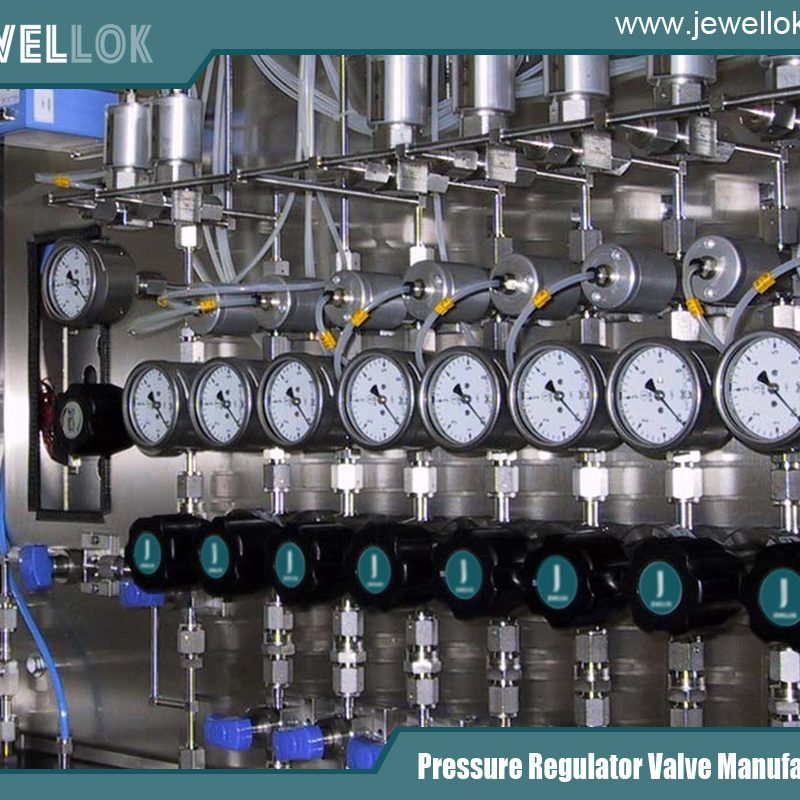
Propane Manifold with Valves
- Pressure Regulator Valve Manufacturer
- 2 inch irrigation valve, 8mm compression fitting, adjustable low pressure propane regulator, air compressor non return valve, argon hose connector, argon hose fittings, electric water valve 12v, ferrule connector, fire arrestor, fluid system components, gas pipeline valve, gas pipeline valves, gas semiconductor, gases used in semiconductor manufacturing, high purity regulators, high purity valves, how a gas pressure regulator works, how solenoid valve works, humming propane regulator, irrigation timer valve, laboratory gas valves, male fitting for argon hose, oxygen cylinder manifold, pressure regulator valve leaking, pressure relief valve vs safety valve, propane adjustable pressure regulator, propane manifold with valves, purpose of flame arrester, regulator valve alibaba international market, relief valve safety valve difference, safety or relief valves, safety relief valve vs safety valve, safety valve vs pressure relief valve, second stage propaneregulator, timed water valve, timer water valve, two stage pressure regulator
- No Comments
Propane Manifold with Valves
Propane is a versatile fuel that powers a wide range of applications, from home heating and cooking to industrial processes and commercial equipment. To distribute propane efficiently from a storage tank to multiple appliances or systems, a reliable distribution system is essential. Central to this system is the propane manifold with valves. A propane manifold serves as a hub, directing propane to various outlets while allowing precise control over flow and pressure. The valves within the manifold are key to regulating the gas, ensuring safety, and providing operational flexibility.
In this 2,000-word article, we will delve into the world of propane manifolds with valves. We’ll explore what a propane manifold is, the types of valves used, their functions, and how they work together. We’ll also cover safety considerations, installation best practices, and maintenance tips to keep the system running smoothly. Whether you’re a professional installer, a facility manager, or a DIY enthusiast, this guide will equip you with the knowledge needed to understand and manage propane manifolds effectively.

What is a Propane Manifold?
A propane manifold is a piping system designed to connect a propane storage tank to multiple points of use. It typically consists of a main supply line that draws propane from the tank and branches into smaller lines, each leading to a specific appliance or system. This setup allows multiple devices to operate simultaneously from a single propane source, making it ideal for homes, businesses, and industrial settings.
The main components of a propane manifold include:
- Main Supply Line: The primary pipe that delivers propane from the tank to the manifold.
- Branch Lines: Smaller pipes that extend from the manifold to individual appliances.
- Valves: Devices that control the flow of propane through the system.
- Regulators: Equipment that adjusts and maintains the pressure of propane as it moves through the manifold.
- Fittings and Connectors: Parts that join pipes and ensure secure, leak-free connections.
The manifold’s design is straightforward, but the addition of valves transforms it into a highly controllable system. Valves enable users to isolate specific lines, adjust flow rates, and shut off the gas supply when needed, making them indispensable for safety and functionality.
Types of Valves in Propane Manifolds
Valves are the backbone of a propane manifold, providing control and safety at every stage of gas distribution. Different types of valves serve distinct purposes, and understanding their roles is crucial for designing an effective system. Here are the most common valves found in propane manifolds:
- Ball Valves
Ball valves are popular for their simplicity and reliability. They feature a spherical disc (the “ball”) with a hole through it. When the valve is open, the hole aligns with the pipe, allowing propane to flow. A 90-degree turn closes the valve, blocking the flow.
- Advantages: Fast operation (quarter-turn), durable, and excellent sealing.
- Applications: Used for on/off control in main and branch lines.
- Gate Valves
Gate valves use a sliding gate or wedge to regulate flow. When open, the gate lifts out of the flow path; when closed, it lowers to block the passage.
- Advantages: Minimal pressure drop when fully open, ideal for high-flow systems.
- Applications: Common in main supply lines where valves are rarely adjusted.
- Globe Valves
Globe valves are built for flow regulation. They use a movable disc to adjust the flow rate, offering precise control.
- Advantages: Fine-tuned flow adjustment, versatile for variable needs.
- Applications: Used where appliances require specific flow rates.
- Check Valves
Check valves allow propane to flow in one direction only, preventing backflow that could disrupt the system.
- Advantages: Automatic operation, protects against reverse flow.
- Applications: Placed in branch lines to maintain directional flow.
- Pressure Relief Valves
Pressure relief valves are safety mechanisms that release propane if system pressure exceeds safe limits, preventing damage or explosions.
- Advantages: Critical for safety, operates automatically.
- Applications: Installed throughout the manifold to manage overpressure.
- Solenoid Valves
Solenoid valves are electrically controlled, allowing remote operation via automation systems.
- Advantages: Enables remote or automated control.
- Applications: Found in industrial or smart systems requiring precise management.
The choice of valve depends on the system’s needs, including flow control, pressure levels, and safety requirements.
How Valves Work Together in a Propane Manifold
In a propane manifold, valves collaborate to ensure efficient and safe gas distribution. Here’s a typical setup:
- Main Shut-Off Valve: A ball or gate valve near the tank allows the entire system to be turned off for emergencies or maintenance.
- Branch Line Valves: Ball valves on each branch line enable isolation of individual appliances without affecting others.
- Regulator and Relief Valve: A regulator reduces tank pressure to a safe level, while a relief valve protects against overpressure.
- Check Valves: These prevent backflow in complex systems with multiple tanks or appliances.
- Control Valves: Globe or solenoid valves fine-tune flow for specific applications, such as industrial burners.
This combination provides full control over the propane system, balancing efficiency with safety.
Safety Considerations
Propane is highly flammable, so safety is a top priority in any manifold system. Valves play a vital role in mitigating risks. Here are key safety considerations:
- Leak Prevention: Valves must seal tightly when closed. Regular checks ensure seals and gaskets remain intact.
- Pressure Management: Relief valves must be properly sized and set to release excess pressure safely.
- Emergency Access: The main shut-off valve should be easily reachable and clearly labeled.
- Ventilation: Enclosed areas need proper airflow to avoid gas buildup from potential leaks.
- Code Compliance: Systems must meet standards like those from the National Fire Protection Association (NFPA) or International Fuel Gas Code (IFGC).
- User Training: Operators should know how to use valves and recognize leak signs (e.g., gas odor or hissing).
Following these guidelines reduces the risks associated with propane use.
Installation Best Practices
Installing a propane manifold with valves requires careful planning and execution. Here are some best practices:
- Plan the Layout: Map out the manifold’s position, tank location, and appliance connections for accessibility.
- Choose Suitable Materials: Use propane-rated pipes, fittings, and valves (e.g., copper or steel).
- Install Regulators Properly: Place regulators after the main shut-off valve, with vents oriented to avoid blockages.
- Position Valves Wisely: Ensure valves are accessible—branch valves near appliances, main valve near the tank.
- Secure Connections: Use fittings and sealants (like Teflon tape) to prevent leaks, tightening all joints.
- Test for Leaks: Pressurize the system and check for leaks with a soap solution, fixing any issues immediately.
- Label Valves: Mark each valve’s purpose (e.g., “Heater,” “Main”) for clarity.
- Follow Regulations: Adhere to local codes and obtain necessary permits.
These steps ensure a safe, functional installation.
Maintenance Tips
Regular maintenance keeps a propane manifold reliable. Consider these tips:
- Inspect Valves: Look for wear, corrosion, or damage, especially on seals.
- Test Relief Valves: Verify they function at the correct pressure, possibly with professional help.
- Lubricate Parts: Apply propane-safe lubricant to valves like gate valves as needed.
- Check for Leaks: Routinely test connections with a gas detector or soap solution.
- Clear Vents: Keep regulator and relief valve vents free of debris or ice.
- Replace Faulty Parts: Swap out worn or malfunctioning valves promptly.
- Log Maintenance: Record all activities for tracking and compliance.
A consistent maintenance routine extends the system’s life and enhances safety.
Real-World Applications
Propane manifolds with valves are used across various scenarios:
- Residential: Homes with multiple propane appliances (e.g., stoves, heaters) benefit from independent control via a manifold.
- Commercial Kitchens: Restaurants use manifolds to supply gas to ovens and grills, with valves for easy maintenance.
- Industrial Settings: Factories rely on manifolds for heating or machinery, often with solenoid valves for automation.
- RV Parks: Centralized manifolds distribute propane to multiple sites, controlled by individual valves.
These examples highlight the adaptability of propane manifolds.

Conclusion
A propane manifold with valves is an essential tool for distributing propane safely and efficiently. By understanding valve types, their roles, and system design, you can create a reliable setup tailored to your needs. Prioritizing safety, following installation best practices, and maintaining the system ensure long-term performance. From homes to industries, propane manifolds with valves deliver fuel effectively, making them indispensable in modern applications.
For more about tank pressure vs regulated pressure: understanding the differences and their impact, you can pay a visit to Jewellok at https://www.jewellok.com/ for more info.
Recent Posts
Which Gas Pressure Regulator is Best for Laboratory Use?
Complete Guide to Choosing the Best High Pressure Nitrogen Gas Regulator
Tags
Recommended Products
-
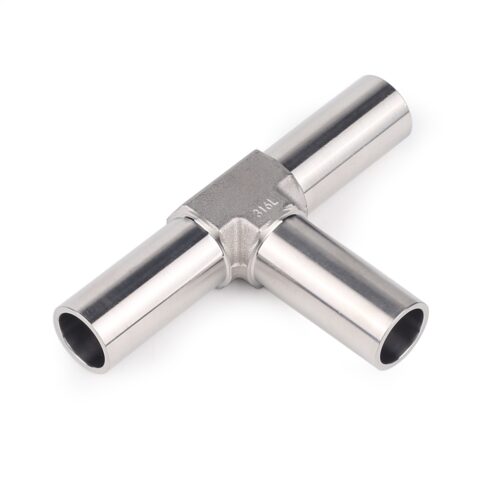
Stainless Steel Ultra Clean Welding Joint Fittings TW Series TRW Series & CW Series
-
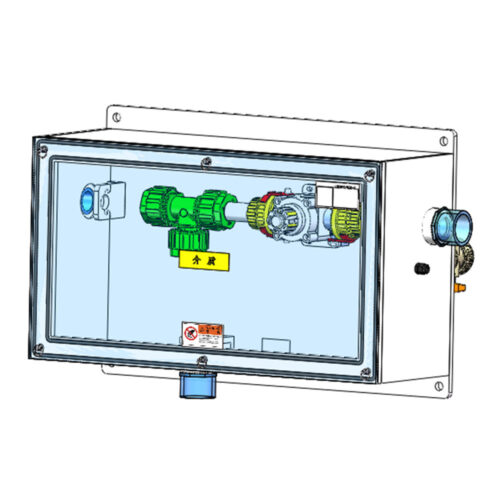
Scrubber Tail Gas Treatment Cabinet Waste Gas Treatment Wet Scrubber Exhaust Gas Treatment Spray Tower
-
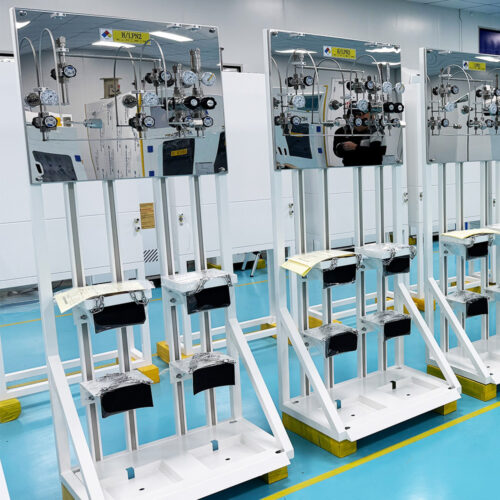
Semi-Automatic VMB Gas Cabinet With Semiconductor Valve Manifold Box Diaphragm Valves And Gas Pressure Regulators
-
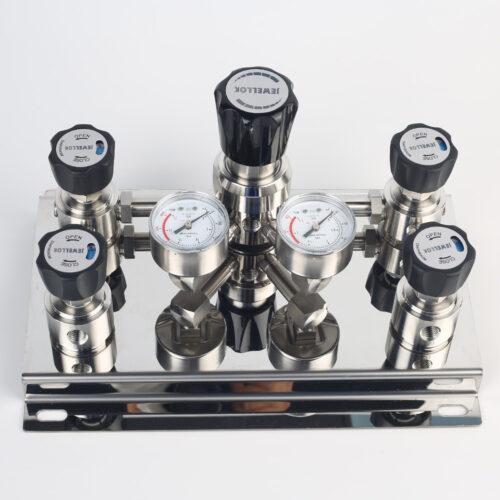
Single Stage Wall And Cabinet Mounting Pressure Control Panels JSP-2E Series For High Purity Gases
-
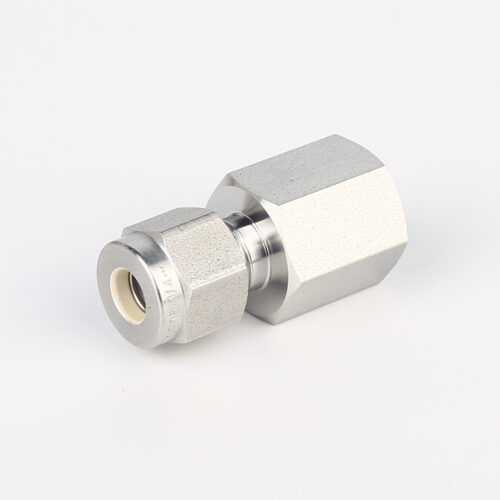
766L High Purity Female Connector UHP Fitting Female Connector
-
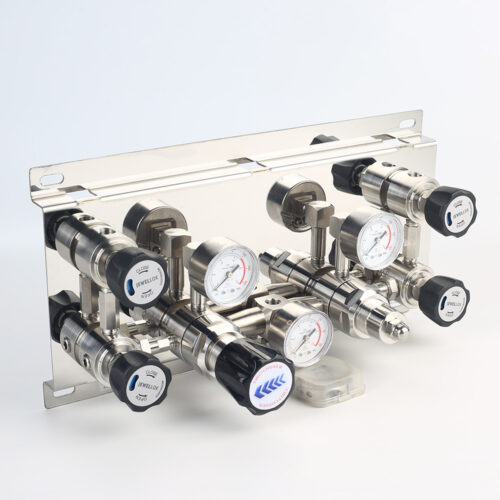
Pressure Control Panels For High Purity Gas Control System JSP-3AE Series From Pressure Control Panels Suppliers And Manufacturer
-
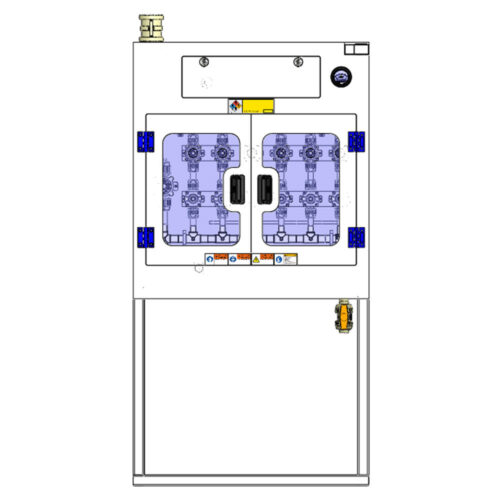
High Purity Configurable Systems VMB Valve Manifold Box JW-200-VMB-C & JW-100-VMB-C
-
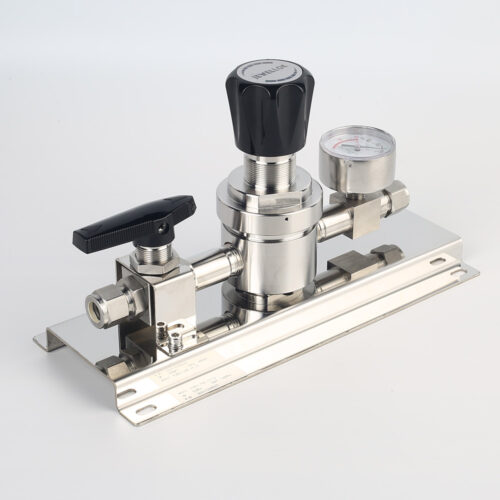
High Purity And Industria Gas Stick Assemblies Precise Pressure Control Gas Systems JSR-1ETG-BV Series